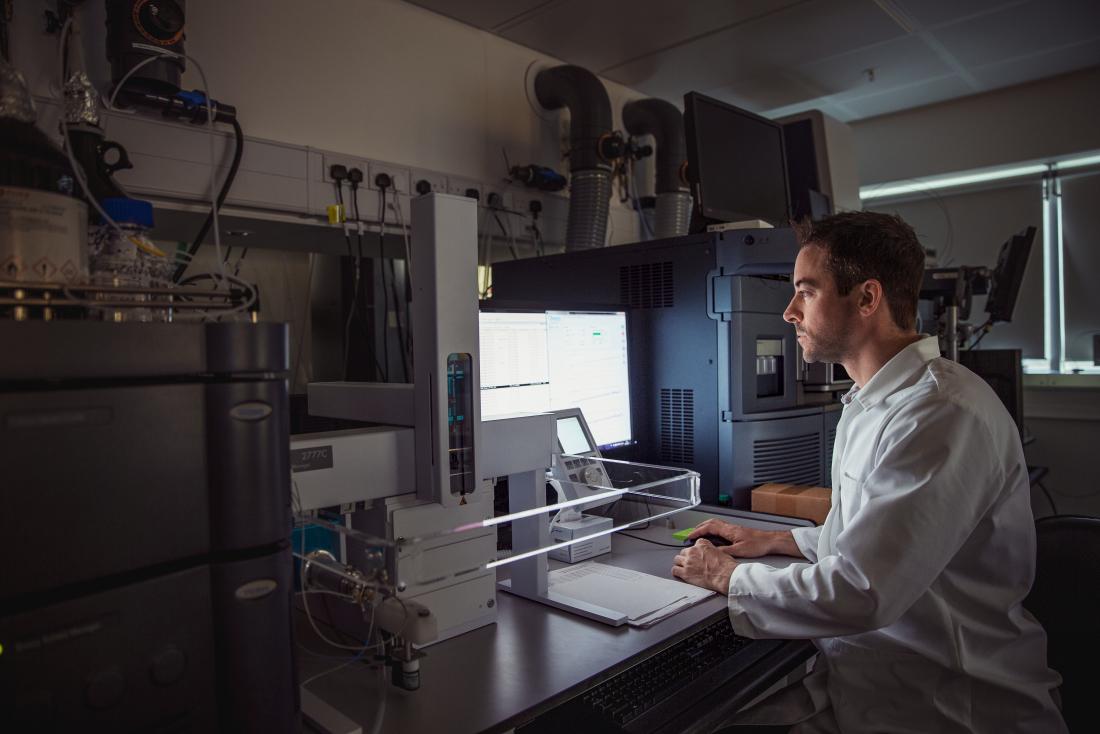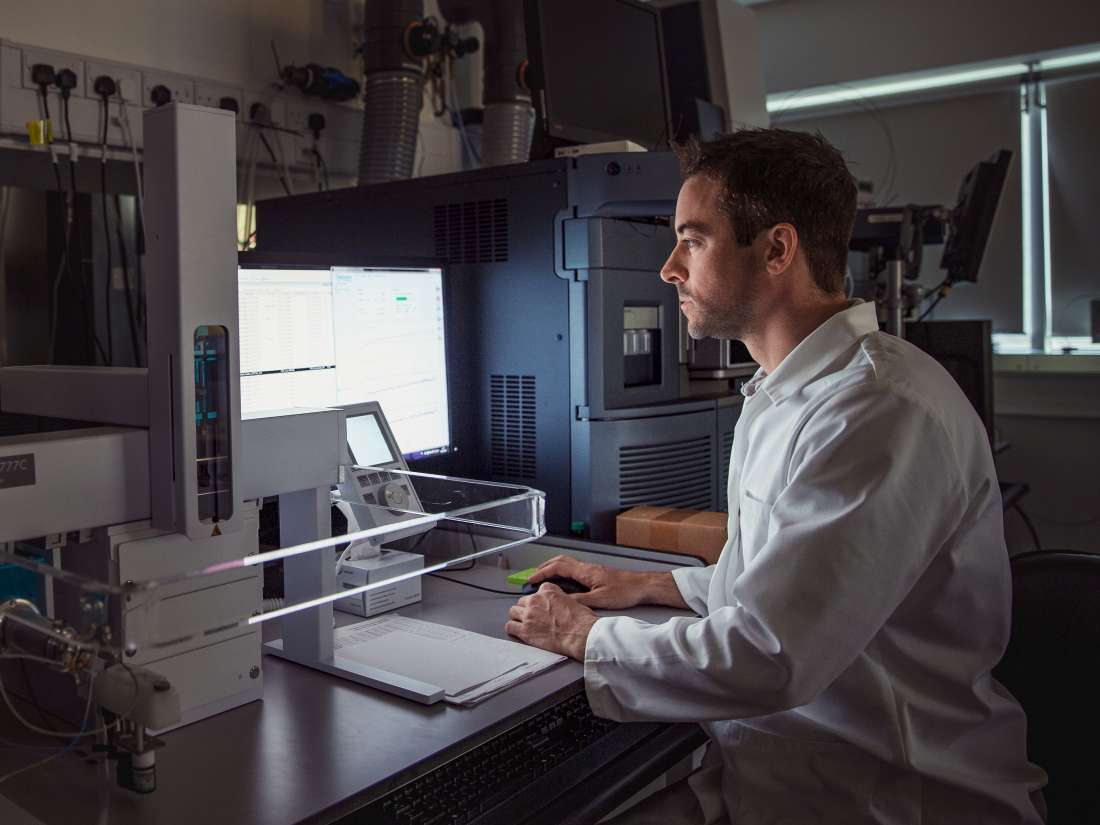
Researchers explain the benefits of a new test that measures the risk of metastasis in prostate cancer.
According to the National Cancer Institute, about 11.2 percent of men will receive a prostate cancer diagnosis at some point in time.
In 2015 — the most recent year for which data are available — an estimated 3,120,176 men in the United States were living with prostate cancer.
Individuals with a first-time prostate cancer diagnosis and those who have undergone previous treatment for this form of cancer need to receive tests to determine their risk of metastasis.
If the risk of cancer spreading is high, the doctor may advise the person to proceed with a more aggressive type of treatment.
Researchers from the Albert Einstein College of Medicine in New York City, NY, have collaborated with colleagues from other research institutions to develop a new test for the assessment of metastasis risk. The new test, they say, is cheaper and faster than other methods currently available, and it requires only small tissue samples.
New test is easier to process
The new test detects copy number alterations (CNAs), which are changes in the genome that drive the spread of cancer tumors. By assessing CNAs in samples of blood or prostate tissue, specialists can get a better idea of whether or not the cancer cells are proliferating.
“We have demonstrated that CNAs can be detected rapidly and accurately with the new Next-Generation Copy Number Alteration (NG-CNA) assay,” says Dr. Harry Ostrer, the study’s lead author.
“The impact of this information is two-fold: to assure aggressive therapy at the time of diagnosis for men with metastasis-prone disease and provide a rationale for active surveillance (and not overtreatment) for men with indolent disease [disease that progresses at a slow pace].”
Dr. Harry Ostrer
In the paper that the researchers submitted to The Journal of Molecular Diagnostics, they explain that the NG-CNA can analyze 902 genomic sites across 194 genomic regions, which it can do both faster than existing tests and at a lower cost.
“For example,” Dr. Ostrer explains, “with NG-CNA, the cost of DNA extraction, library preparation, and sequencing reagents can be $20 to $40 per sample, compared to nearly $1,000 for whole genome sequencing.”
More importantly, the team notes that the results that they obtain through the new test are easier to read, allowing researchers to process thousands of tissue samples in one go. NG-CNA also has a quicker turnaround time for the results, at approximately 36 hours.
Another advantage of the newly developed assessment method is that it has lower data storage requirements, which, Dr. Ostrer says, would “[allow] our approach to move from large reference laboratories to smaller, more resource-constrained independent laboratories as needed.”
A boost for personalized medicine
Finally, NG-CNA calls for the collection of smaller samples than other tests currently in use. The sample size can be as low as 12.5 nanograms of material, which would allow specialists to use the test to analyze cell lines, biopsy samples, and surgical samples.
The researchers also explain how they tested the accuracy of NG-CNA. Previously, the team developed a new indicator of metastatic risk called the “metastatic potential score” (MPS).
Dr. Ostrer and team used NG-CNA to determine MPS in 70 surgical samples of prostate cancer. On comparing the results with those from existing tests, the researchers found that they were “highly correlated.”
The team also validated the NG-CNA test using a second group of surgical samples that they matched with biopsy tissues.
“We believe the addition of the NG-CNA assay onto a standard cancer gene testing platform will augment personalized medicine by identifying aggressive tumors and genetic mutations that are predictors of response to targeted therapies,” Dr. Ostrer declares.
